A few weeks ago, I wrote about lizards. Well, about animals in general really, and how animal work can help develop a character movement signature.
I had a lot of fun writing that post, so I wanted to bring up something that’s been a part of my character development process for a long time.
And this isn’t just from a character movement work perspective.
It’s a great thinking outside the box exercise (especially if you love animals.)
And that’s giving your character an animal counterpart.
Give your character an animal counterpart
Did you ever play that game of taking your group of friends and looking at their personality and muse on what breed of dog they might be?
This, of course, is painting with a broad brush but can still offer some insights.
I also like to think of it as if the character was to have its own coat of arms. What animal would appear on it and why?
What stereotypes of said animal fits and what doesn’t?
Because nothing fits into perfectly labeled boxes.
So that group of friends…say so and so would be a golden retriever because they’re excitable, lovable, and have a lot of energy.
That other friend is focused, protective and hard-working maybe they’re a german shepherd.
Then there’s the friend that could lift your wallet without you knowing, slip $20 into it, and put it back in your pocket/purse. Who knows what breed of dog they are, but definitely a crafty mutt.
And so on and so forth.
By doing this exercise, not only can you uncover some interesting personality traits, but it can inform a character’s movement too.
So, birds.
How would your character fit in the bird kingdom?
Now, I’m a bit biased.
I’ve been a birder arguably my entire life, having grown up with a naturalist. But it’s only been within the last few years that I’ve made birding a practice.
Birds offer a colorful, elegant, and sometimes quirky view into how we can utilize observing nature as actors.
So, here’s a few examples of birds I’ve really enjoyed observing that have offered me character movement insights.
(For the record: I own none of the videos in this post.)
Secretary Bird
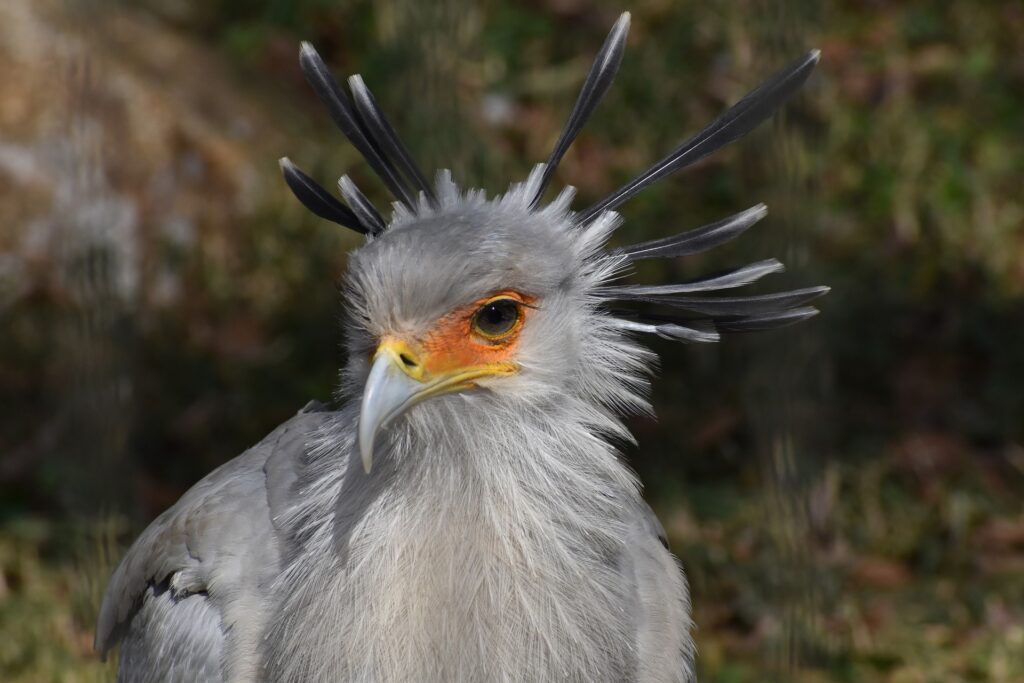
The secretary bird, hailing from Africa, is elegant and tall.
They’re also mighty hunters.
What I love about them is their walk.
With their long legs, they can have incredible strength and a long gait, but there’s quite a bit of stooping going on when they reach down to the ground.
So, how can this information inform character movement work?
From a movement perspective, specifically Labanotation (LINK), you could break down how they move into sudden, heavy, and bound. Especially when they’re hunting.
Seriously, how they hunt is a sight to behold. Check out the vid below.
Black Phoebe
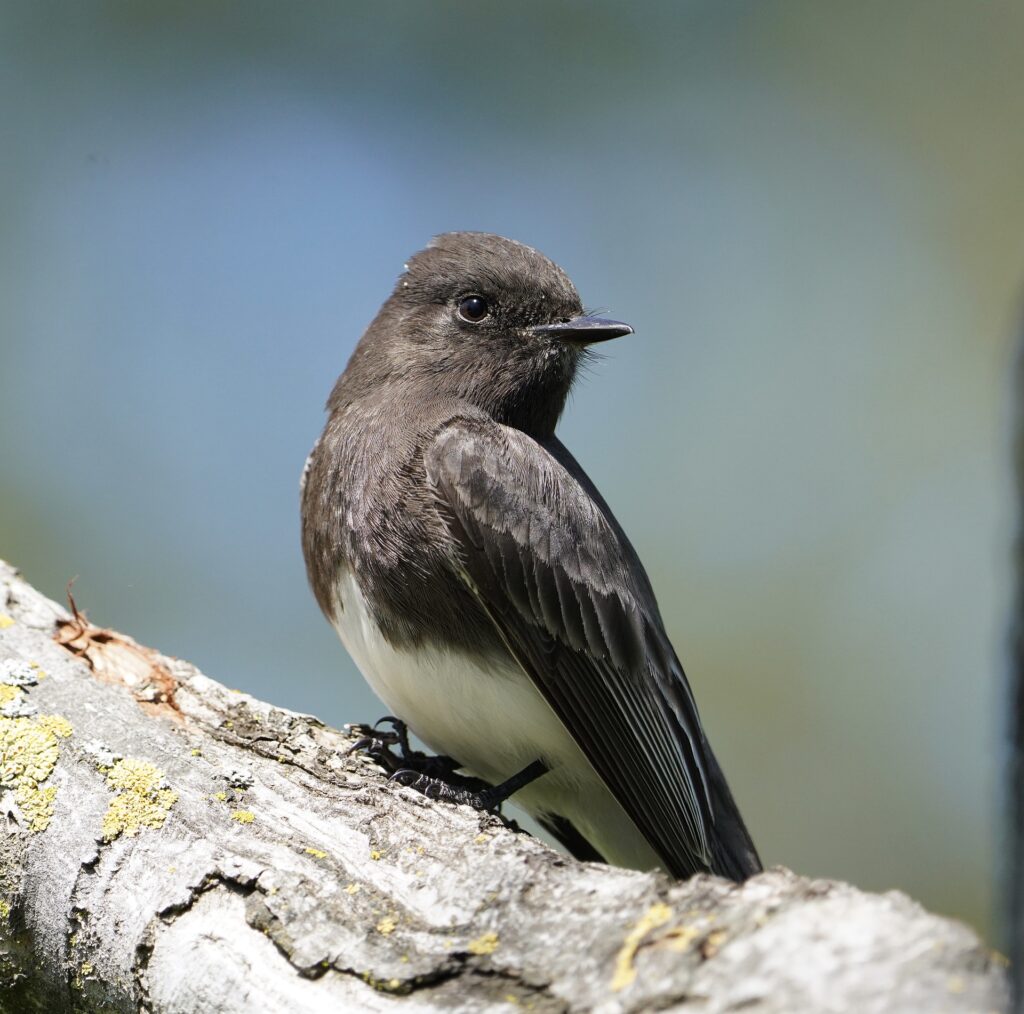
Black Phoebes are found along the western coast of North and South America, ranging from Oregon to Argentina.
They’re flycatchers, which means they can move at incredible speeds, often diving to catch prey, mainly bugs.
What I probably love the most about them is they perch a lot. They find the highest ground, whether it’s a sprinkler head two inches above the grass or a rooftop.
Now, looking at character movement, Phoebes are great because they have a baseline of sustained when they’re keeping their eyes open for prey, followed by a burst of sudden when catching said prey.
Of course, this is definitely a trait that can be seen in all predators.
This video below shows a phoebe hunting slowed down to catch their incredible agility.
Northern Flicker

Northern Flickers, who are found all over North America, are a part of the woodpecker family and are gorgeous birds.
They’re also incredibly skittish.
I like to think that their constant head tilting is looking out for danger.
From a movement perspective, these are great traits to log away. Perhaps it would fit well for a character who is constantly on high alert, scanning their surroundings in a very sudden fashion.
The video below is a great into to the Northern Flicker. Maybe you’ve seen one in your neighborhood!
American Coot
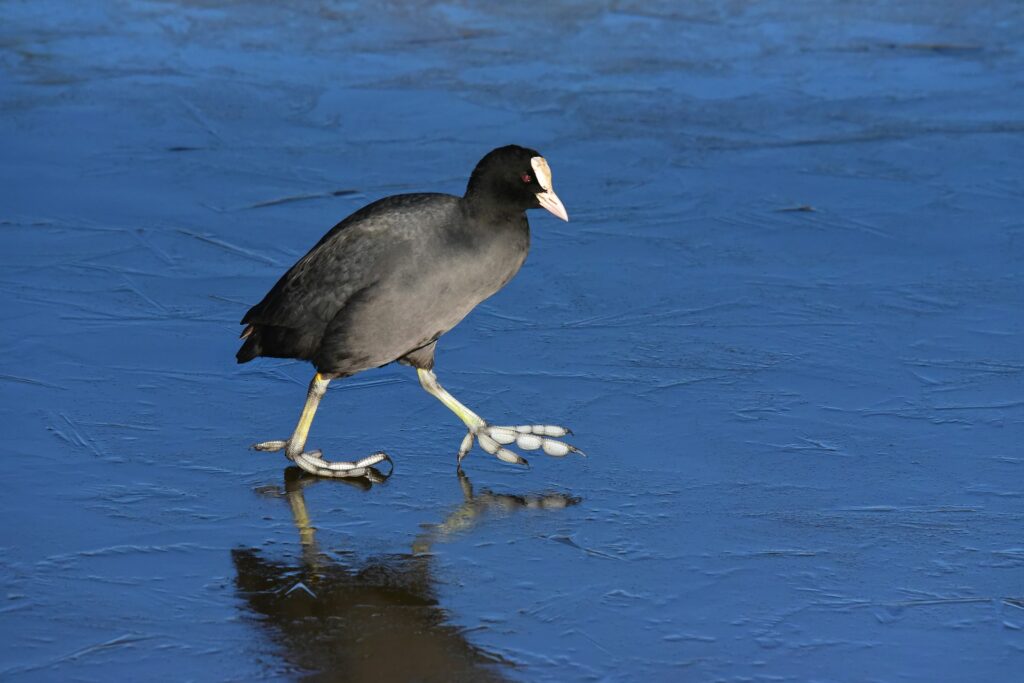
Oh, coots. You’ll find them in areas where there’s a lot of water, specifically marshes, in my experience.
I absolutely adore them.
They’re so odd and so delightful.
They’ve got a funky walk as it clearly takes a lot to work with brilliant feet like that!
How they walk is a great character movement study. Where do they lead from? From their knees? Forehead? They have to get a lot of sustained momentum to lift their feet under the water.
This video is an excellent display of said quirky walk.
White-Tailed Kite

I had to have a bird of prey on this list, and the white-tailed kite has some fantastic behavioral patterns.
Found in North and South America, they may be best known for how they hover when they’re hunting.
Kites, especially when they’re hunting, are so laser-focused. I immediately think of a character who moves from their forehead, with their neck pushing forwards as they complete a task.
The video below is of a kite hovering. The power in those wings as they pump to say in place is incredible.
In conclusion…birds are cool.
Whether you enjoy bird watching or not, observing any and all animals, even the ones you spot as you walk down the street or see from your car, can help inform your characters.
After all, such a huge part of acting is observing and logging the info away.
And just as people watching at the mall, farmers market, or wherever people convene these days, can be logged away for future character inspirations.
So, do you have a favorite bird that could inspire your next character’s movement?

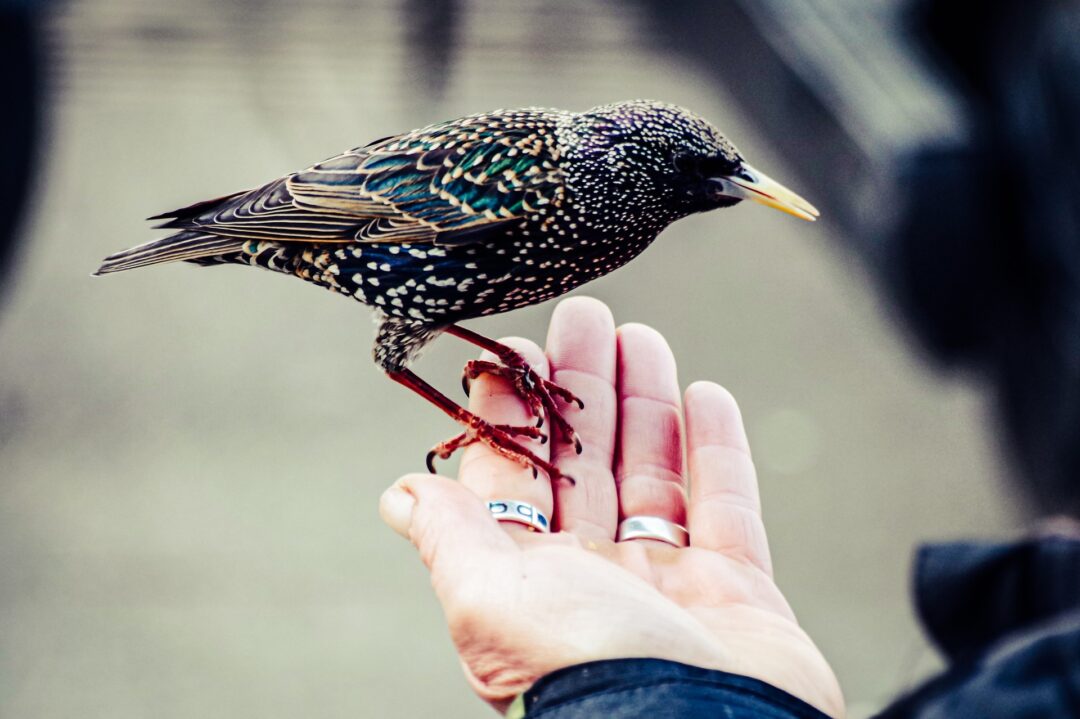
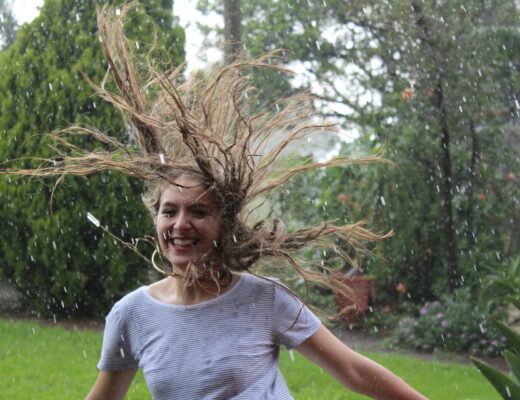


Andrew
January 17, 2022 at 5:45 pmPHOEBE! <3